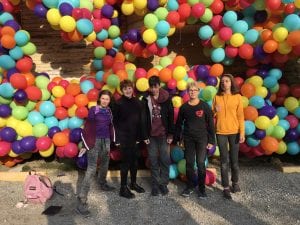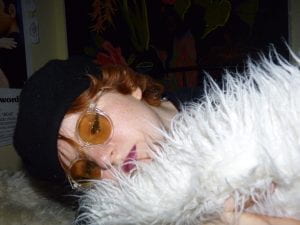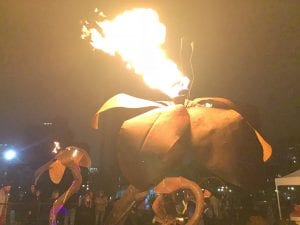Have you ever thought about how easy Humanities class would be if we could learn about one person or topic in just 60 seconds? No? Well, it admittedly would be a breeze if we could soak up a good amount of info about one particular subject or historical figure in just one minute. And we can! Sort of.
If you’re catching on to what I’m talking about, good for you. If you’re not, well… the world’s shortest history lesson CAN be achieved by watching a Heritage Minute! Heritage Minutes are one minute videos that each have a different topic from Canadian history— this topic could be an event, a person, a piece of literature, etcetera. All that really matters is that said topic is presented in an informative video that is exactly one minute long. These Heritage Minutes created by the organization Historica Canada are easily accessible and even aired on television for all to see; they’re the perfect way to teach a history lesson to millions of Canadians in a very short amount of time.
For our past unit, we decided to study these Heritage Minutes and try to make one of our own. Before we began and throughout the unit, we watched some of the iconic Heritage Minutes. Here are my favourites:
Once we had some notion as to what a Heritage Minute entails, we got into groups to make one. I was in a group with Nik, Lucy and Alex. We also got a “theme”, or what section of Canadian history we would be taking on; for example, there were many categories, such as Arts and Culture, Battles and Rebellions, the Fur Trade, and the First Peoples. My group was assigned Confederation and Politics. One of the most difficult parts of this project was figuring out what or who to do our Heritage Minute on! We had to make sure that there wasn’t already an existing Heritage Minute about that person/topic, as well as find enough research to prove that they/the topic was a significant person or an important event that occurred within a certain time period.
After some research, my group chose to do Lord Durham. Lord Durham was an Englishman who was appointed governor-in-chief of the Canadas after their rebellions in 1837. This was at a time when Upper and Lower Canada were still separate. Lord Durham travelled to the two colonies in order to figure out the cause of these rebellions. In the end, he wrote a report recommending that the Canadas be united into one union, and granted responsible government. Not long after, the Act of Union was passed, and Canada was one step closer to confederation.
After choosing our topic, we wrote a screenplay, and decided what part each group member was going to play. Our screenplays were looked over by a PLP graduate who had experience in film. We then moved into storyboarding, and planned out the costumes and filming locations. After we had finished filming, all that needed to be done was the editing! But after our first draft was handed in, you know what comes next; more drafts. Our first draft had numerous issues with the audio, and some of it was unintelligible in certain parts. We also needed to add music. In one of our scenes you can see Lord Durham writing his report, and originally we just had scribbles where the writing would be. I refilmed those scenes with actual handwriting instead.
In our final draft, we added music, we dubbed the scenes that needed to have clearer audio, and we added in a bit of narration that was missing, which was in part responsible for the fact that our Heritage MINUTE was only 54 seconds!
After finishing the final draft, I can reflect on the process of creating these Heritage Minutes— it was quite a long one with many steps. I now know that we need to make sure that our initial audio while filming is clear, and that the area where we are filming has minimal conflicting sounds. We also learned to record some ambience noise wherever we are initially filming and put it over an entire scene so that the background noises are fairly consistent. Things that we could still improve are the smoothness of our editing, making appropriate music, and communication between all of the group members. Overall, I’m excited to be able to use my skills gained from this experience in future projects.
This project also helped us practice converting historical non-fiction stories into stories with dialogue that have a beginning, middle and end. Telling the story of Lord Durham, someone who changed the course of Canadian history, was interesting because we had the chance to kind of simplify and specify the important parts of his story and we came to understand his impact on Canadian history quite well. Our research about Canadian political history in general is important and relevant knowledge that we can and will use in future projects and just in knowing Canadian history in general.
If you watched our video which is linked at the top of this post as well, you can see that there are still some improvements that can be made, but I feel that my group members and I all put in lots of effort to replicate the design and function of a Heritage Minute. This project has improved both my storytelling and video-making skills in one! I hope that in future projects we will have the chance to improve on these videos and utilize the skills we’ve developed.
UPDATE!
After sending our Heritage Minutes to Historica Canada, we’ve received feedback from Ryan Barnett and Joanne Archibald, Heritage Minute creators. Thank you so much Ryan and Joanne!!! We will take this into account!











Leave a Reply